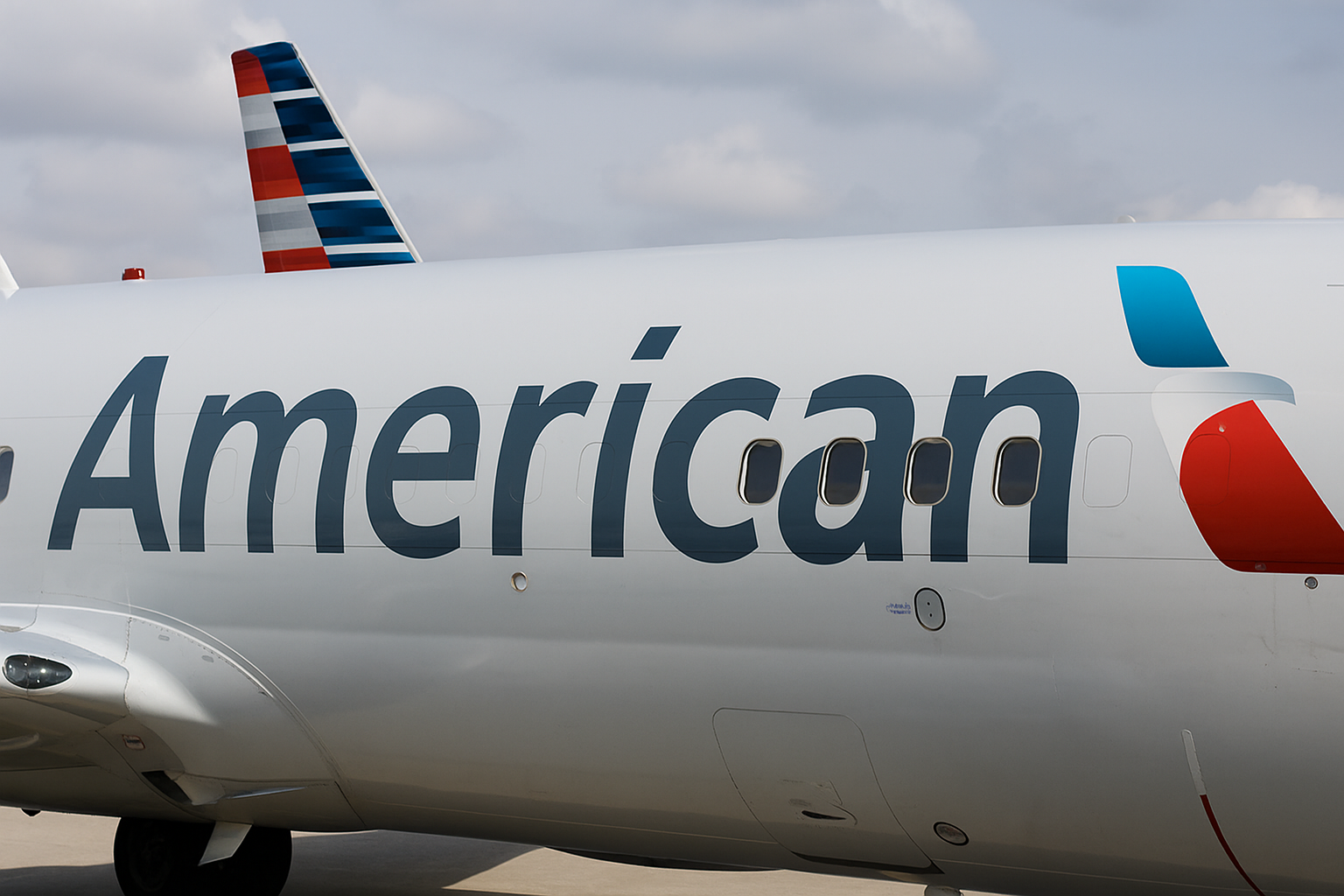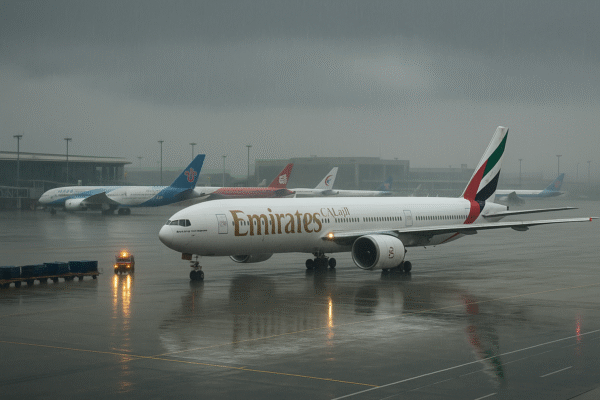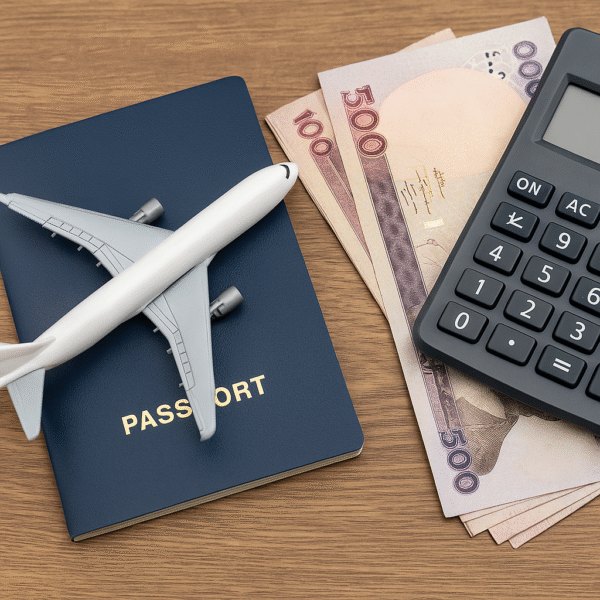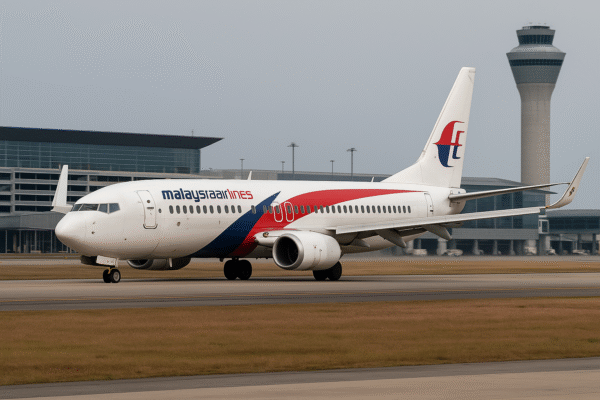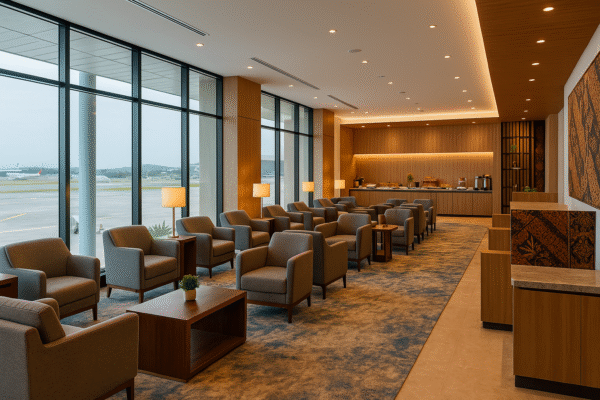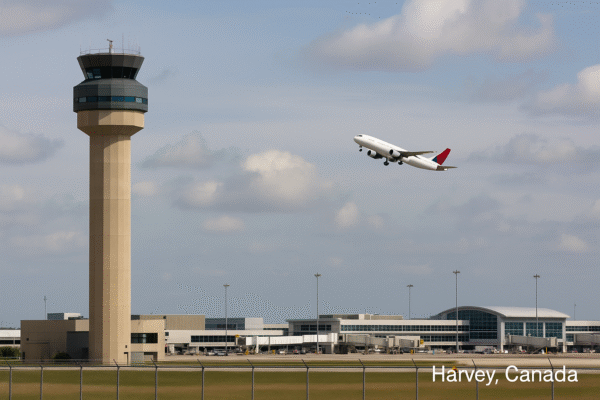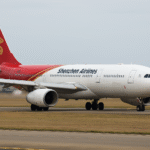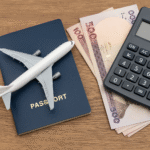Malaysia Airlines is driving a surge in air travel between Malaysia and India, as well as across the wider Asia-Pacific region, with strategic network expansions and enhanced services aimed at both business and leisure travellers.
Expansion to Ahmedabad and Trivandrum
As part of its upcoming winter schedule, Malaysia Airlines will increase weekly flights between India and Malaysia from 77 to 80. This includes the introduction of new services to Ahmedabad and Thiruvananthapuram (Trivandrum), two cities with strong economic, cultural, and tourism appeal.
Ahmedabad, a commercial hub in the state of Gujarat, offers business travellers robust trade links while also attracting leisure visitors with its UNESCO-listed heritage sites. Thiruvananthapuram, the gateway to Kerala, opens access to pristine beaches, lush backwaters, and rich cultural experiences—aligning with global demand for authentic, experience-driven tourism.
Growing Trivandrum Operations
The Kuala Lumpur–Trivandrum route will see a steady increase in frequency, with a fifth weekly service launching on 12 September 2025, ahead of the winter peak season. By 1 December 2025, the route will operate daily, giving travellers greater flexibility and convenience. This frequency boost strengthens air connectivity between South India and Southeast Asia, making Kuala Lumpur a more attractive transit hub.
India’s Strategic Importance
India continues to be one of Malaysia Airlines’ most important international markets, contributing around 11% of the airline’s total revenue and 20% of passenger traffic. In the first half of 2025, the carrier transported approximately 1.3 million passengers to and from India.
Of these, 30% travelled directly between the two countries, while 70% used Kuala Lumpur as a transit point to destinations in Southeast Asia, China, Australia, and New Zealand. This trend highlights Kuala Lumpur’s role as a central aviation hub linking South Asia with the broader Asia-Pacific region.
Enhanced Passenger Experience
To differentiate itself in a competitive market, Malaysia Airlines is investing in service quality. The airline has partnered with Oberoi Flight Kitchen to refresh in-flight menus quarterly, offering passengers diverse and high-quality cuisine that caters to both regional and international tastes.
In addition to culinary upgrades, the airline is refining flight schedules, improving fleet utilization, and streamlining ground operations to enhance punctuality and reliability—critical factors for attracting both business and leisure travellers. Over the past seven years, Malaysia Airlines has shifted its business model significantly, with international routes now accounting for 90% of its revenue compared to less than half previously.
Strengthening the IndiGo Alliance
Malaysia Airlines’ partnership with IndiGo, India’s largest airline, is central to its India growth strategy. The two carriers currently codeshare on domestic routes within each other’s networks, enabling passengers to connect between Malaysian and Indian destinations seamlessly.
Plans are underway to extend this collaboration to select international routes, particularly in Southeast Asia and Australia. This would give Indian travellers more choice and easier access to multiple destinations via Kuala Lumpur, while allowing Malaysia Airlines to tap into IndiGo’s extensive domestic reach in India, including secondary cities without direct Malaysia flights.
Bonus Side-Trip Program
In a creative push to boost tourism, Malaysia Airlines has introduced the “Bonus Side-Trip” program, offering eligible international transit passengers a free domestic return flight within Malaysia. Travellers transiting through Kuala Lumpur can choose from destinations such as Langkawi, Penang, Johor Bahru, Kuantan, Alor Setar, Kuala Terengganu, and Kota Bharu.
Originally aimed at European passengers, the program is proving equally popular among Indian travellers. Many are now extending their itineraries to include short visits to Malaysian destinations before continuing to their final stop, turning layovers into mini-holidays.
This initiative not only enhances the traveller experience but also supports Malaysia’s domestic tourism industry by dispersing visitors beyond the capital city. It aligns with the country’s plans for Visit Malaysia Year 2026, which aims to attract a larger share of global tourists.
Economic and Tourism Impact
The airline’s expansion into Ahmedabad and Trivandrum, combined with upgraded services and stopover incentives, is creating a positive ripple effect for tourism, trade, and cultural exchange across the Asia-Pacific.
For Indian travellers, these developments mean better connectivity, more flight options, and enhanced in-flight comfort. For Malaysia, it means a steady inflow of tourists who often combine city breaks in Kuala Lumpur with beach or nature escapes elsewhere in the country.
By funnelling Indian passenger traffic through Kuala Lumpur, Malaysia Airlines is also increasing connections to other popular destinations in Australia, New Zealand, and China, further solidifying its role as a gateway carrier.
Positioning for Future Growth
As the post-pandemic recovery continues, Malaysia Airlines’ network strategy reflects both immediate demand and long-term positioning. Its focus on India is matched by a broader regional ambition: to be the preferred connector between South Asia, Southeast Asia, and the Pacific.
By balancing direct origin-destination traffic with connecting flows, the airline is diversifying revenue streams and reducing vulnerability to market fluctuations. The upcoming winter schedule—with increased Ahmedabad and daily Trivandrum flights, improved in-flight experiences, and a growing IndiGo partnership—demonstrates this forward-looking approach.
Outlook
Malaysia Airlines’ latest moves place it in a strong position to capture growing passenger volumes and tourism spending in 2025 and beyond. Its strategic enhancements are transforming transit opportunities into tourism experiences, elevating Kuala Lumpur’s status as a global aviation hub, and contributing to economic growth across the Asia-Pacific.
Through smart route planning, partnerships, and passenger-focused services, Malaysia Airlines is not just expanding its footprint—it is reshaping the travel experience for millions and helping to define the next chapter in regional tourism.
For more travel news like this, keep reading Global Travel Wire





